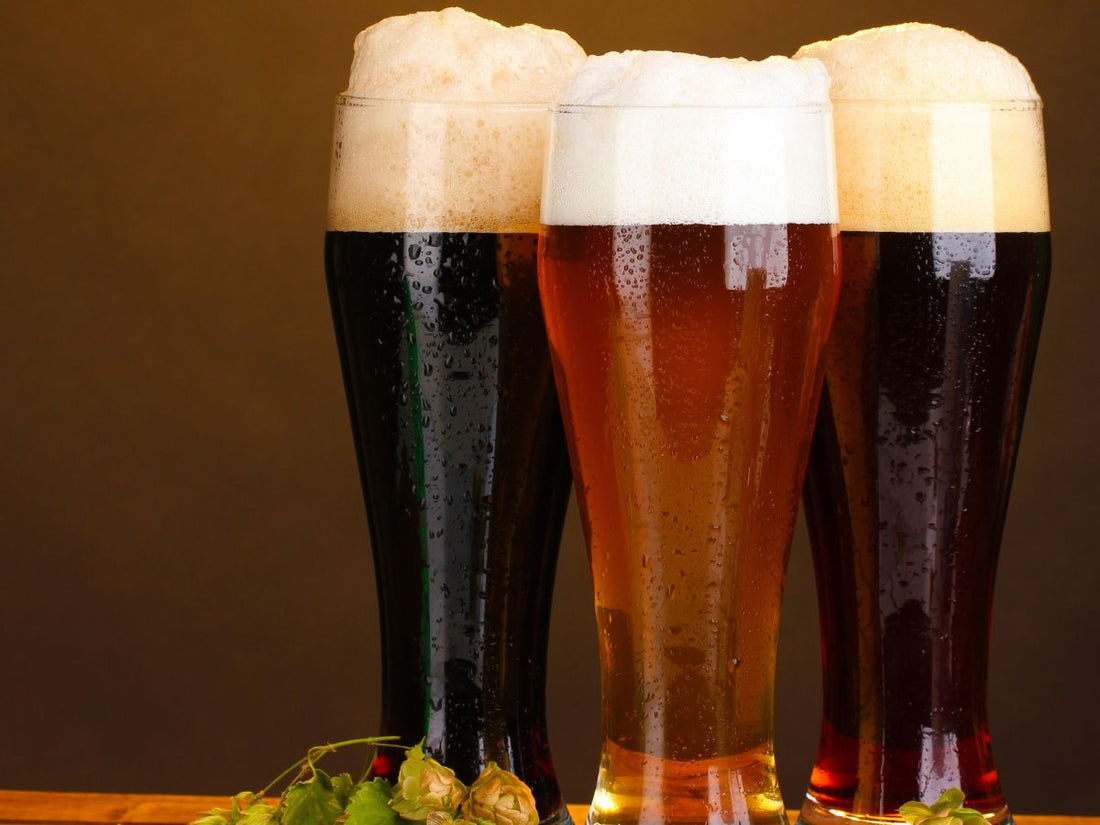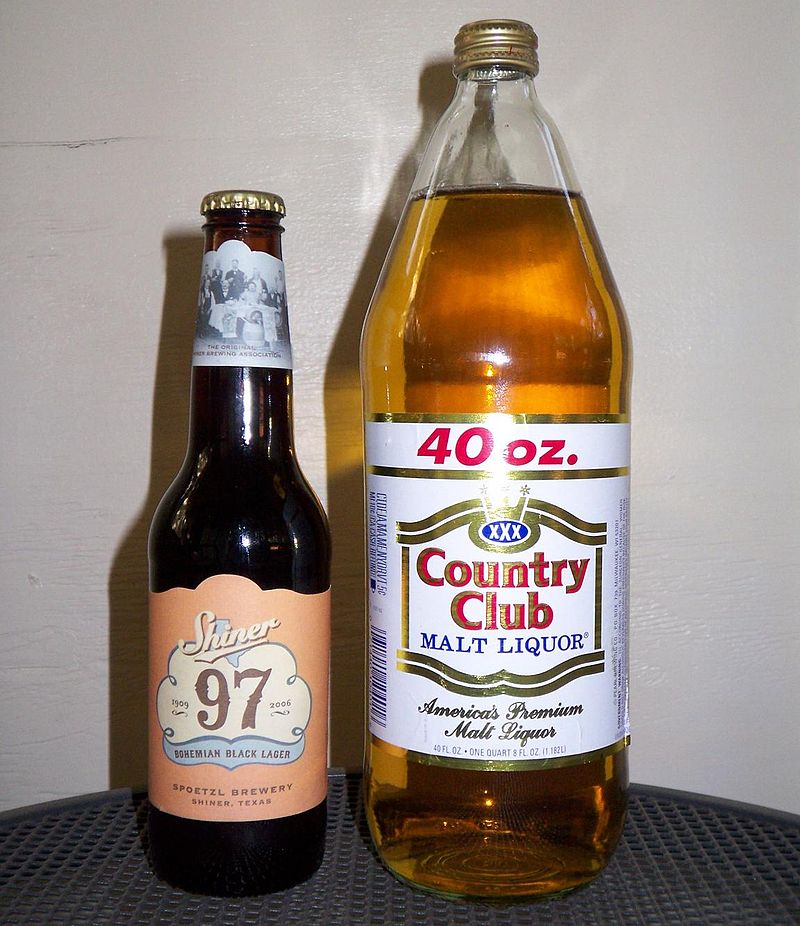Experience the Rich Flavor of Galveston Whiskey: Local Specialties
Experience the Rich Flavor of Galveston Whiskey: Local Specialties
Blog Article
Opening the Mysteries of Distillery Processes: A Thorough Overview
Within the world of distillery procedures exist intricacies that usually remain veiled to the casual onlooker. As we venture right into the midsts of spirit aging strategies and the accuracy of high quality control actions, a tapestry of flavors and aromas arises, formed by time-honored traditions and ingenious methods.
The Art of Mashing and Fermentation
In the distillery process, the art of mashing and fermentation plays a critical role in transforming resources into the preliminary stages of alcohol manufacturing. Mashing entails the procedure of damaging down the starches in grains like barley, corn, or rye, into fermentable sugars. This vital step is commonly attained by mixing the milled grains with warm water to create a "mash." Enzymes existing in the grains aid transform the starches right into sugars, creating a sweet fluid called wort.
When the wort is developed, fermentation enters play. Yeast, a crucial player in this phase, is added to the wort to kickstart the fermentation process. Yeast eats the sugars in the wort, creating alcohol and carbon dioxide as byproducts. This transformative procedure normally takes a number of days to complete, relying on the preferred alcohol web content and taste profile.
Mashing and fermentation are complex processes that establish the foundation for the alcohol that will eventually be distilled and matured to create a last item with unique qualities and tastes.
Comprehending the Purification Process
One of the pivotal phases in the manufacturing of alcohol entails comprehending the distillation procedure. Purification is a method used to different alcohol from the fermented fluid, usually via heating and cooling down processes.

Recognizing the distillation procedure is important for distillers to regulate the high quality, toughness, and taste of the alcohol being generated. By mastering the art of purification, distilleries can develop a variety of spirits with unique features that appeal to different consumer preferences.
Tricks of Spirit Aging Techniques
Discovering the details of spirit aging methods unveils the concealed creativity behind the advancement of nuanced tastes and aromas in distilled beverages. The aging process is a crucial phase in the manufacturing of spirits, where the fluid interacts with the oak barrels, absorbing substances that enrich its account over time. Distilleries commonly utilize charred oak barrels, which pass on distinct tastes to the spirit through a procedure of extraction and oxidation.
Moreover, the environmental conditions in which the barrels are stored try this out play a considerable function fit the last product. Changes in temperature level and humidity can influence the price of aging and the communications between the spirit and timber. Master distillers masterfully navigate these variables to craft spirits with unique personalities, embodying the culmination of ingenious techniques and classic traditions.
Quality Control and Screening Techniques
The meticulous workmanship demonstrated in managing and selecting barrels aging durations in the spirits production procedure emphasizes the vital value of rigorous high quality control actions and specific testing approaches (Distillery in Galveston). Quality control in distilleries includes several stages to make sure that each batch satisfies the wanted standards. From basic material evaluation to end product evaluation, each step is critical in keeping consistency and excellence
One crucial aspect of high quality control is sensory assessment, where trained experts analyze the aroma, flavor, and general quality of the spirits. Chemical analysis strategies such as gas chromatography and mass spectrometry are employed to discover any kind of contaminations or inconsistencies from the desired structure. In addition, physical examinations like density dimensions and pH analysis offer additional understandings right into the item's qualities.
To ensure adherence to inner standards and regulative demands, distilleries additionally perform microbiological screening to examine for any type of microbial contamination that might impact the product's security and life span. By executing robust quality assurance and screening techniques, distilleries can support their track record for creating premium spirits regularly.
Discovering Unique Taste Mixtures

In the process of flavor infusion, the chosen botanicals are contributed to the base spirit and entrusted to emaciate navigate to these guys or high for a given period. This allows the alcohol to remove the tastes and necessary oils from the botanicals, causing an unified blend of tastes (Breweries in Galveston Texas). Distilleries might also use strategies like vapor infusion or basket infusion throughout Go Here distillation to impart details tastes to the spirit
Moreover, some distilleries go with barrel aging or cask ending up methods to introduce added intricacy and deepness to their spirits through interactions with the wood. These techniques add to the production of distinct taste profiles that appeal to a discerning audience looking for novel and unforgettable drinking experiences.
Conclusion
In conclusion, the distillery refines include elaborate actions such as mashing, fermentation, distillation, aging, and taste mixtures. Quality control and screening methods are essential in ensuring the final product satisfies standards. Recognizing the science behind these procedures is essential for creating high-quality spirits. By opening the mysteries of distillation, distillers can develop distinct and delicious spirits that attract a wide variety of customers.
As we venture right into the midsts of spirit aging strategies and the accuracy of quality control actions, a tapestry of aromas and flavors emerges, shaped by cutting-edge techniques and classic traditions. Distilleries usually use charred oak barrels, which give unique flavors to the spirit with a procedure of removal and oxidation.Using a varied array of ingredients and botanicals, distilleries can craft unique flavor infusions that set their spirits apart in a competitive market. Seawall Bar.In the procedure of taste infusion, the selected botanicals are added to the base spirit and left to macerate or high for a specific duration. Distilleries might also employ strategies like vapor mixture or basket mixture during distillation to present specific tastes to the spirit
Report this page